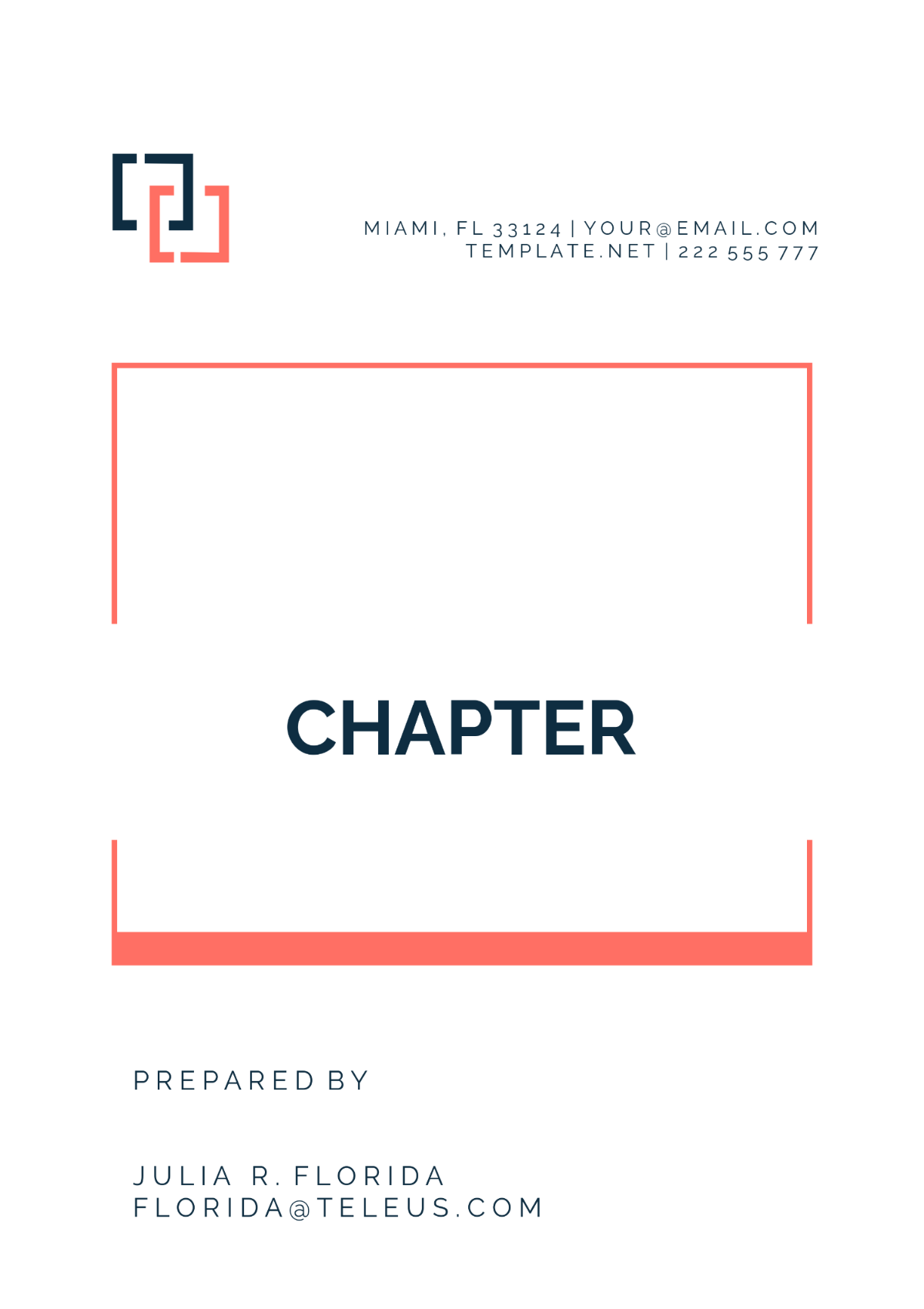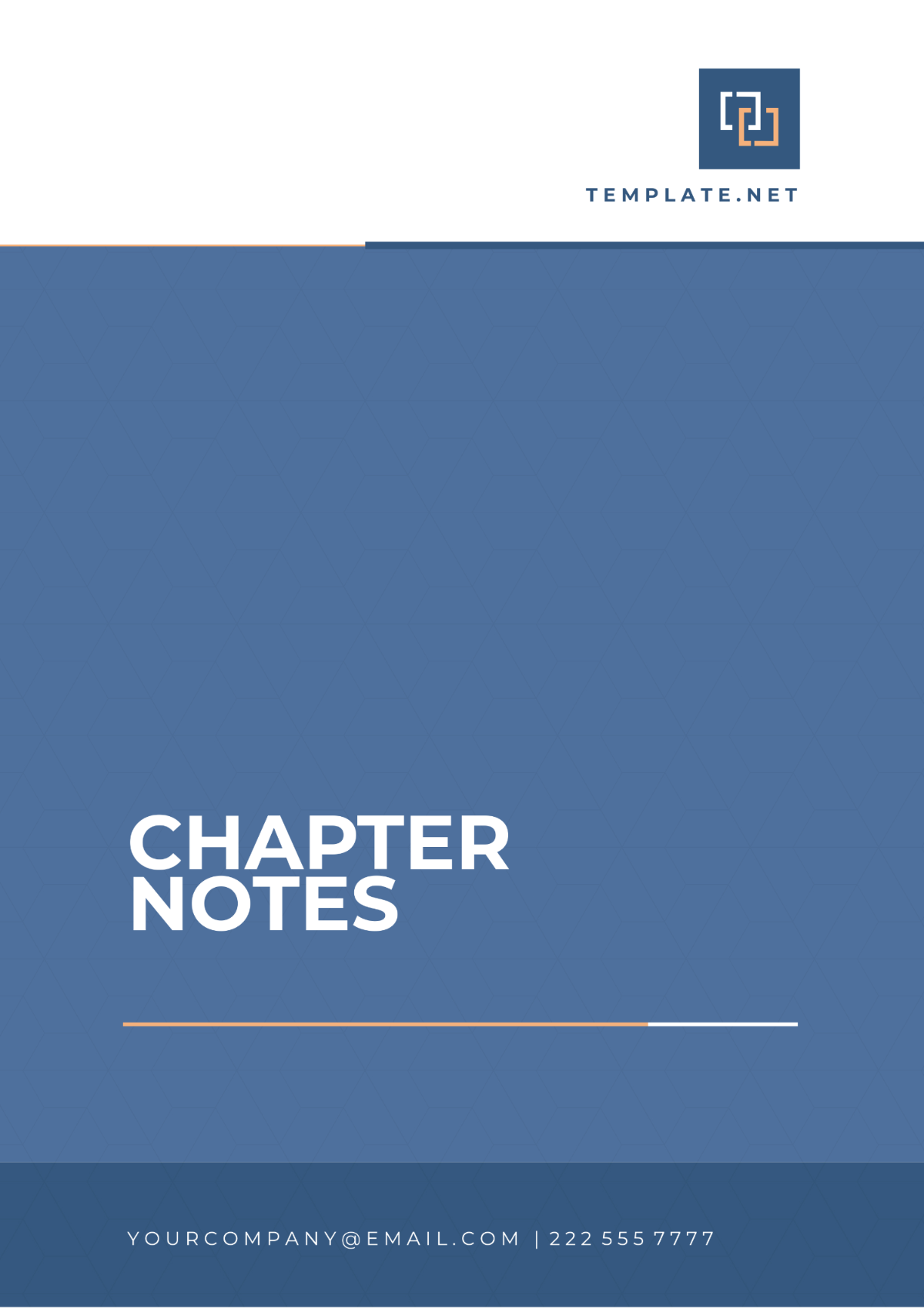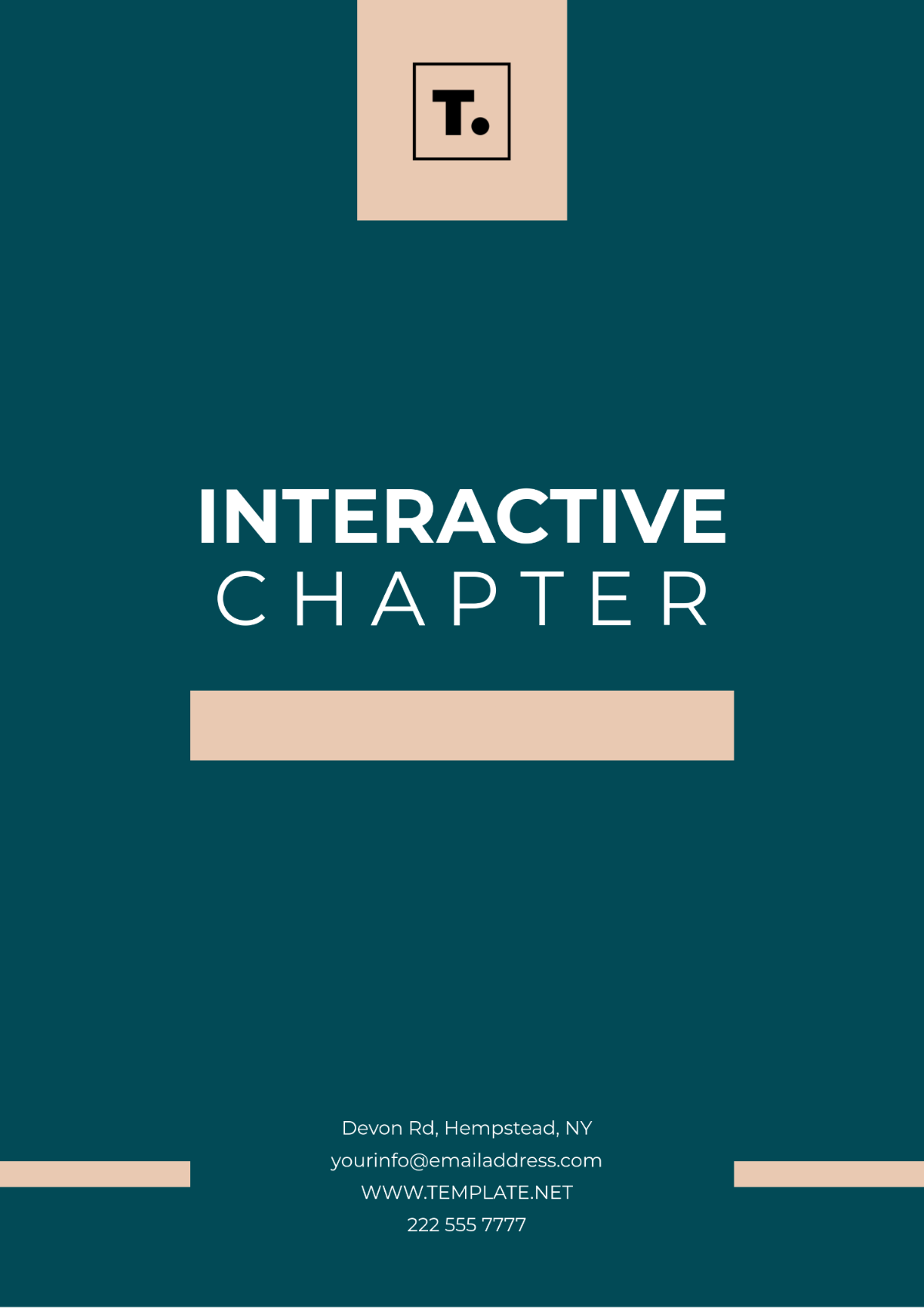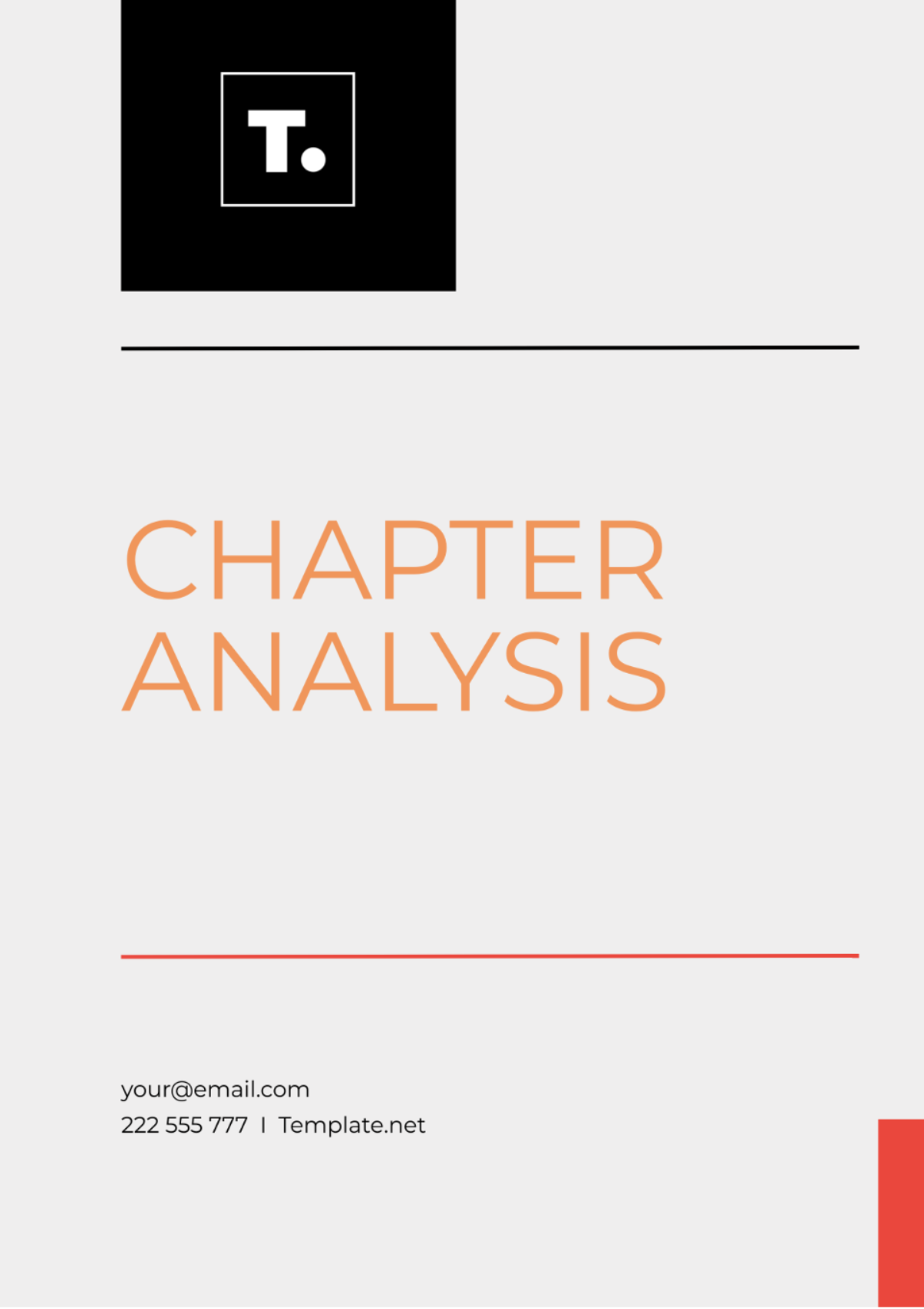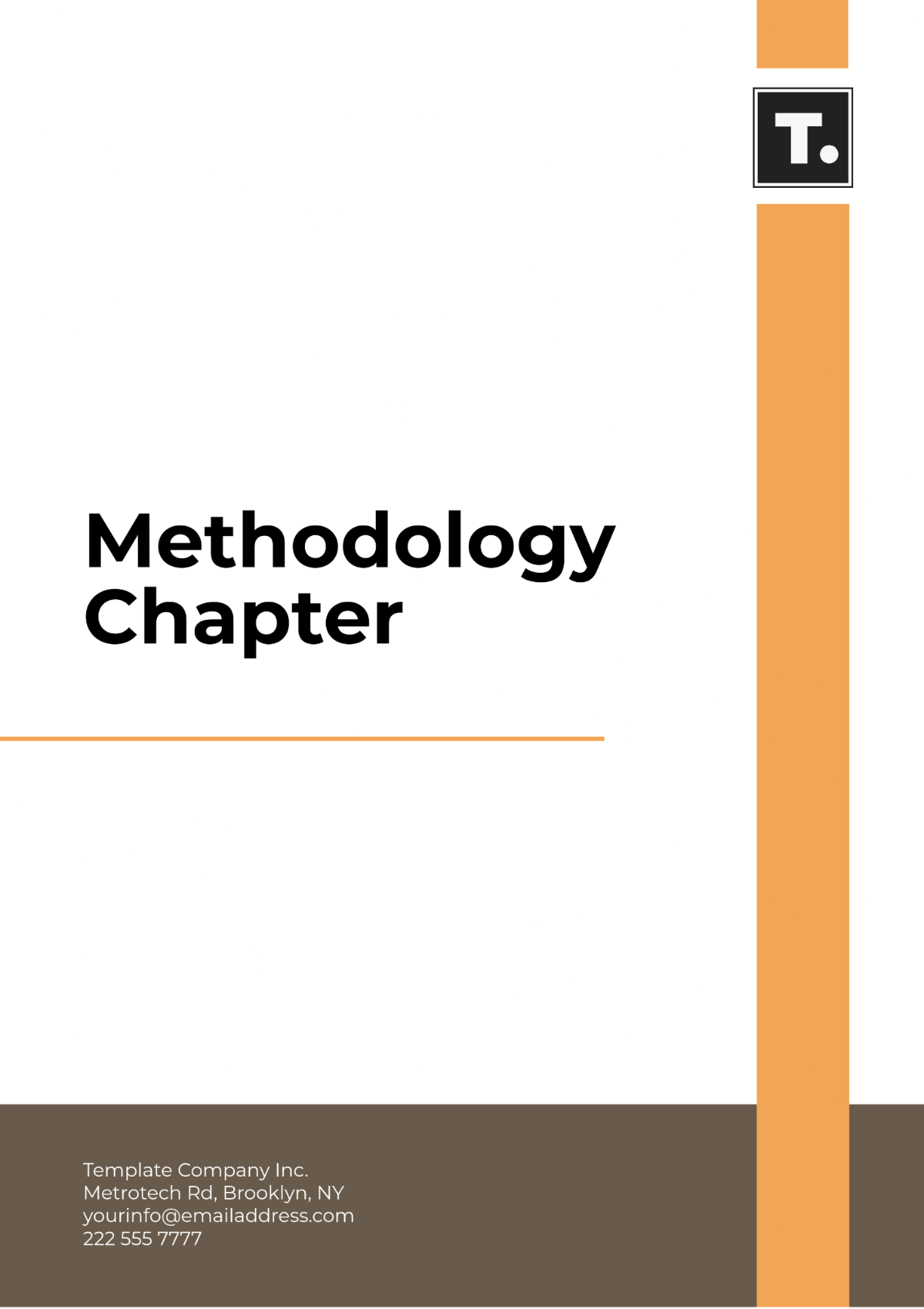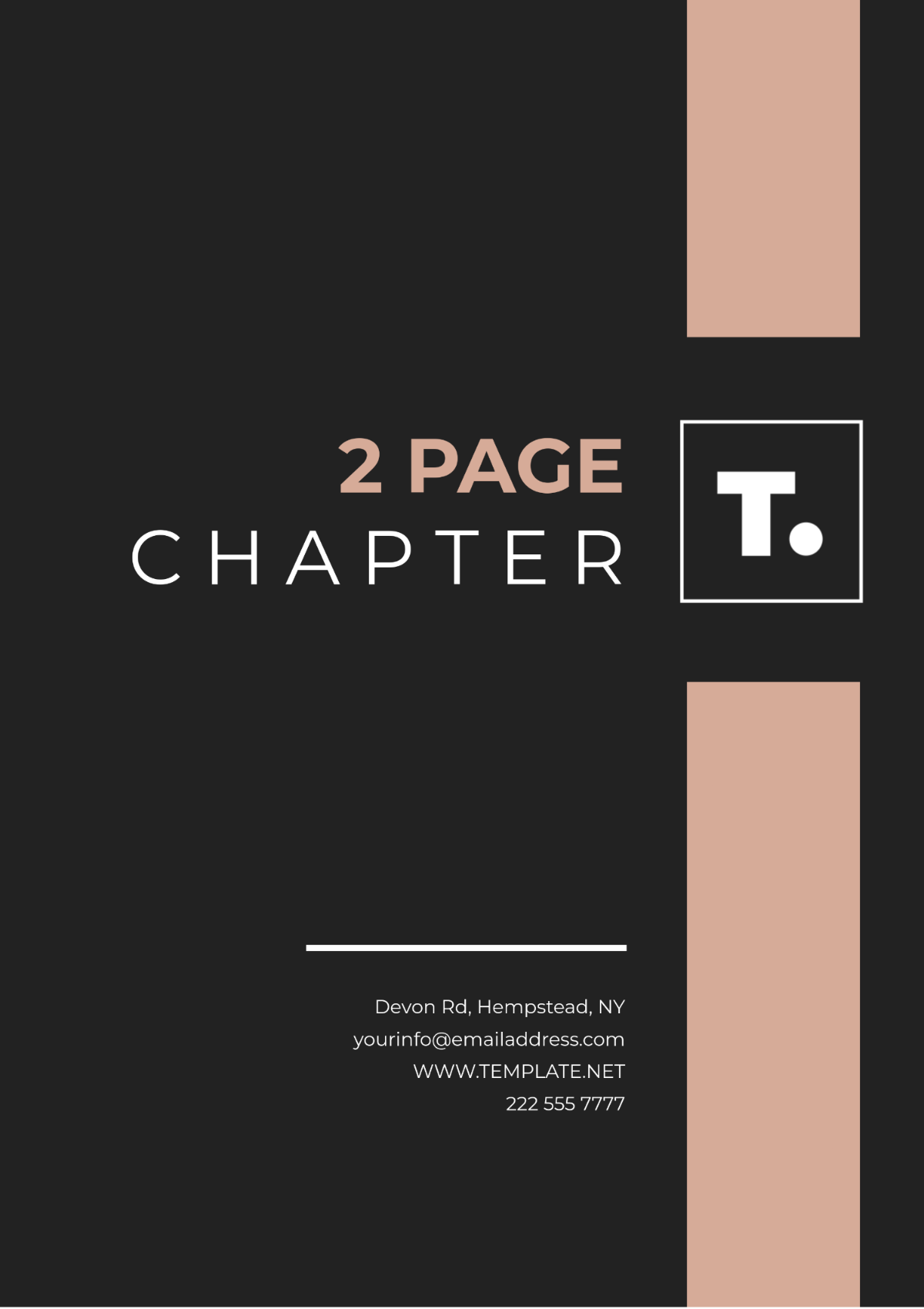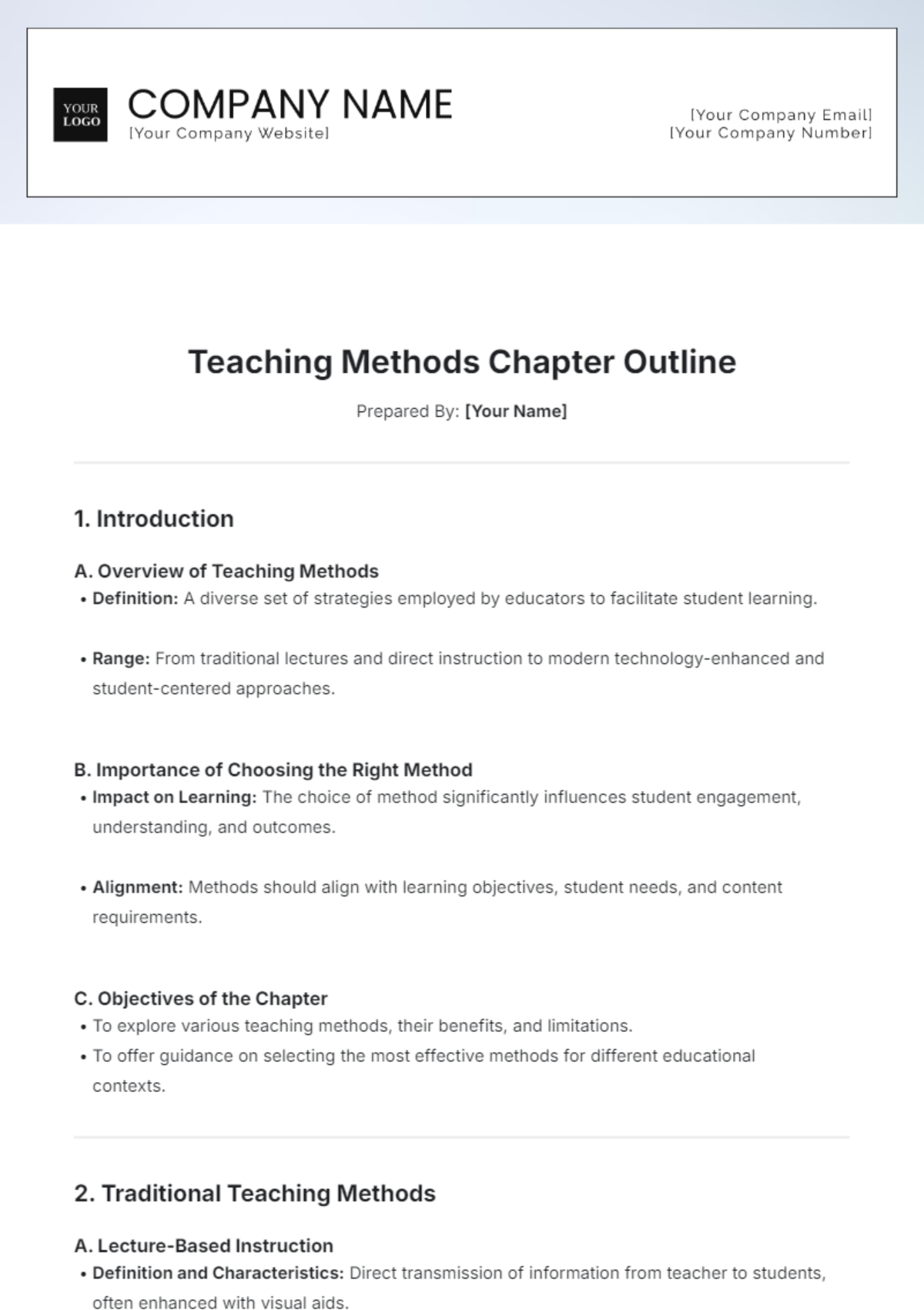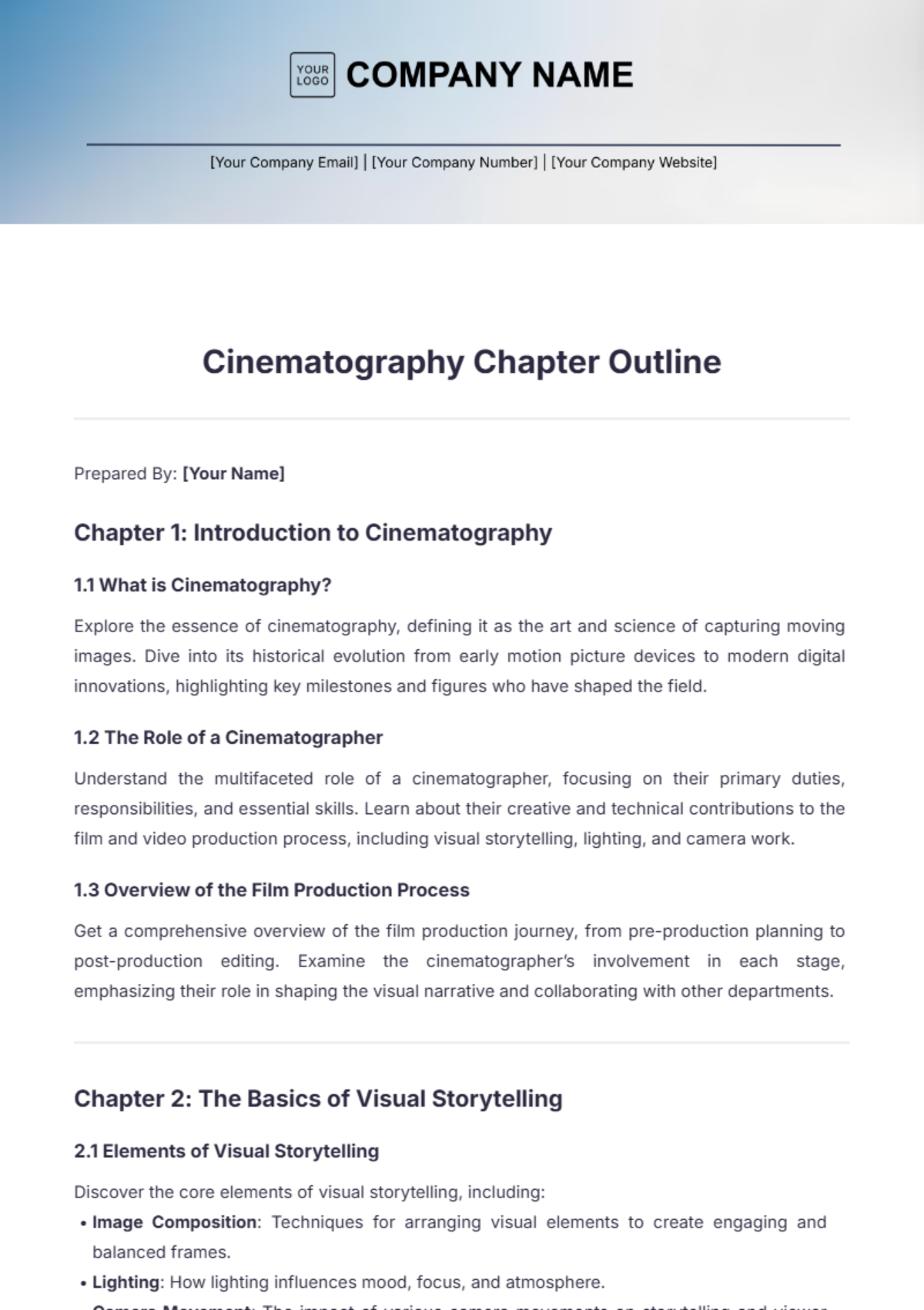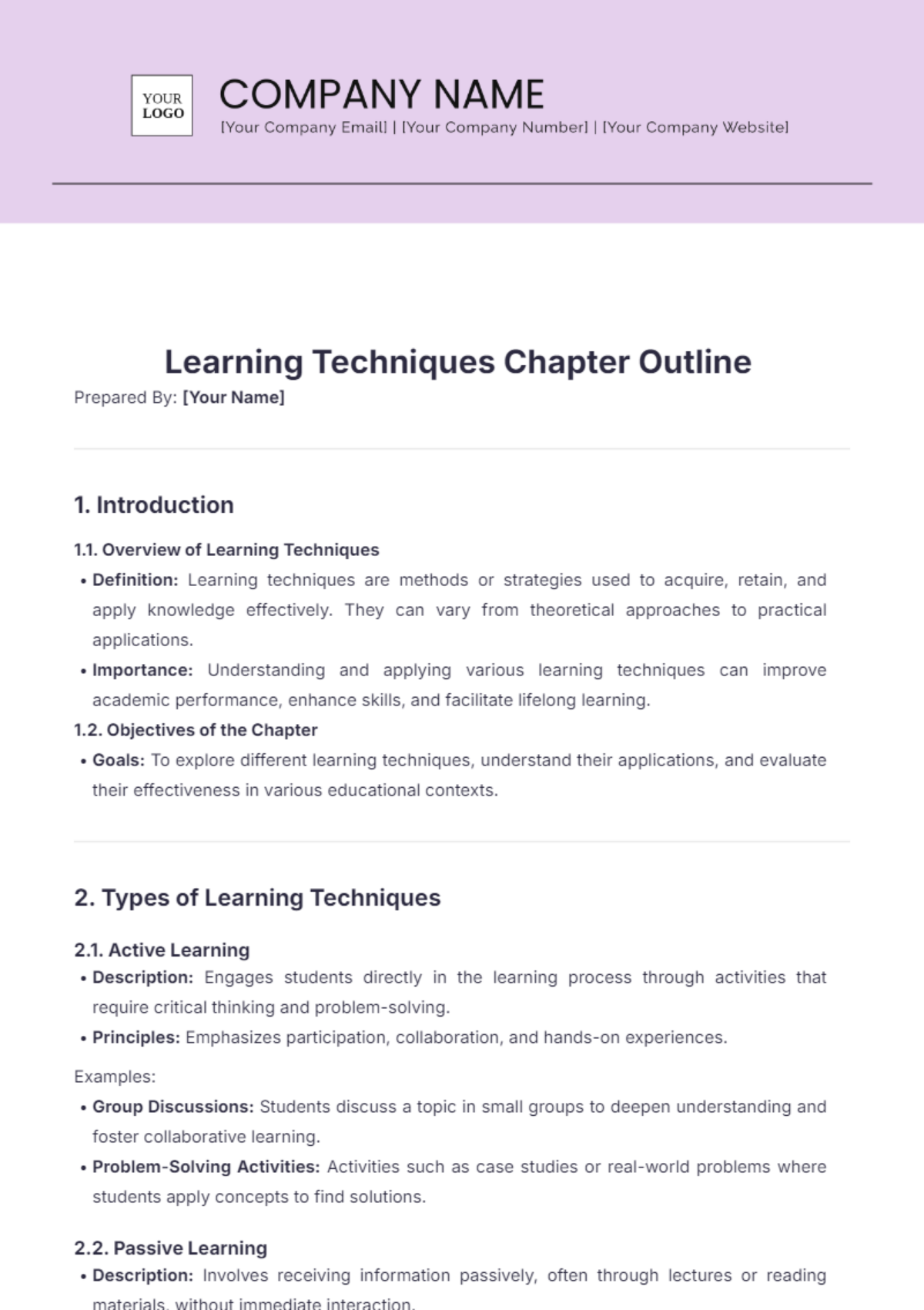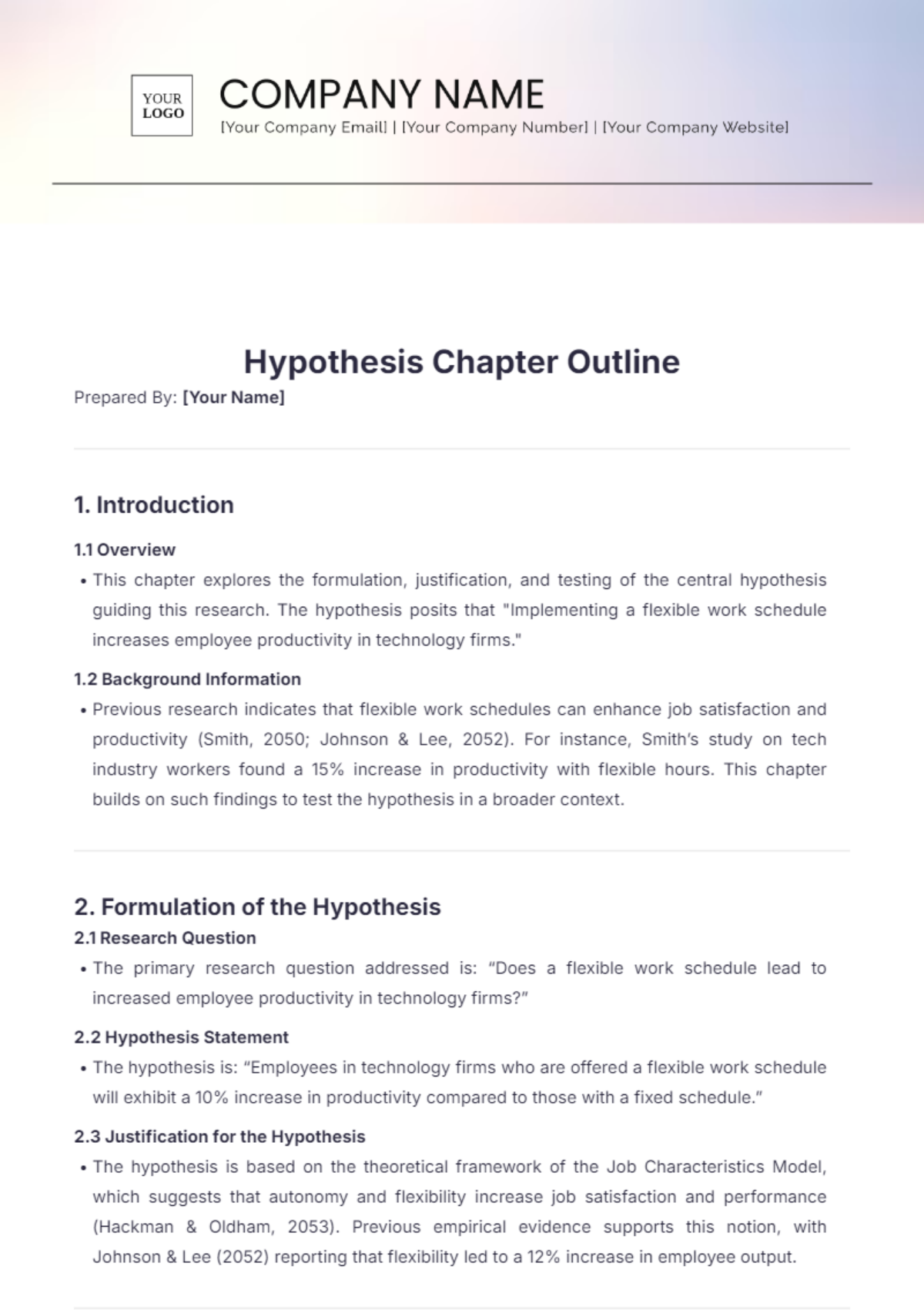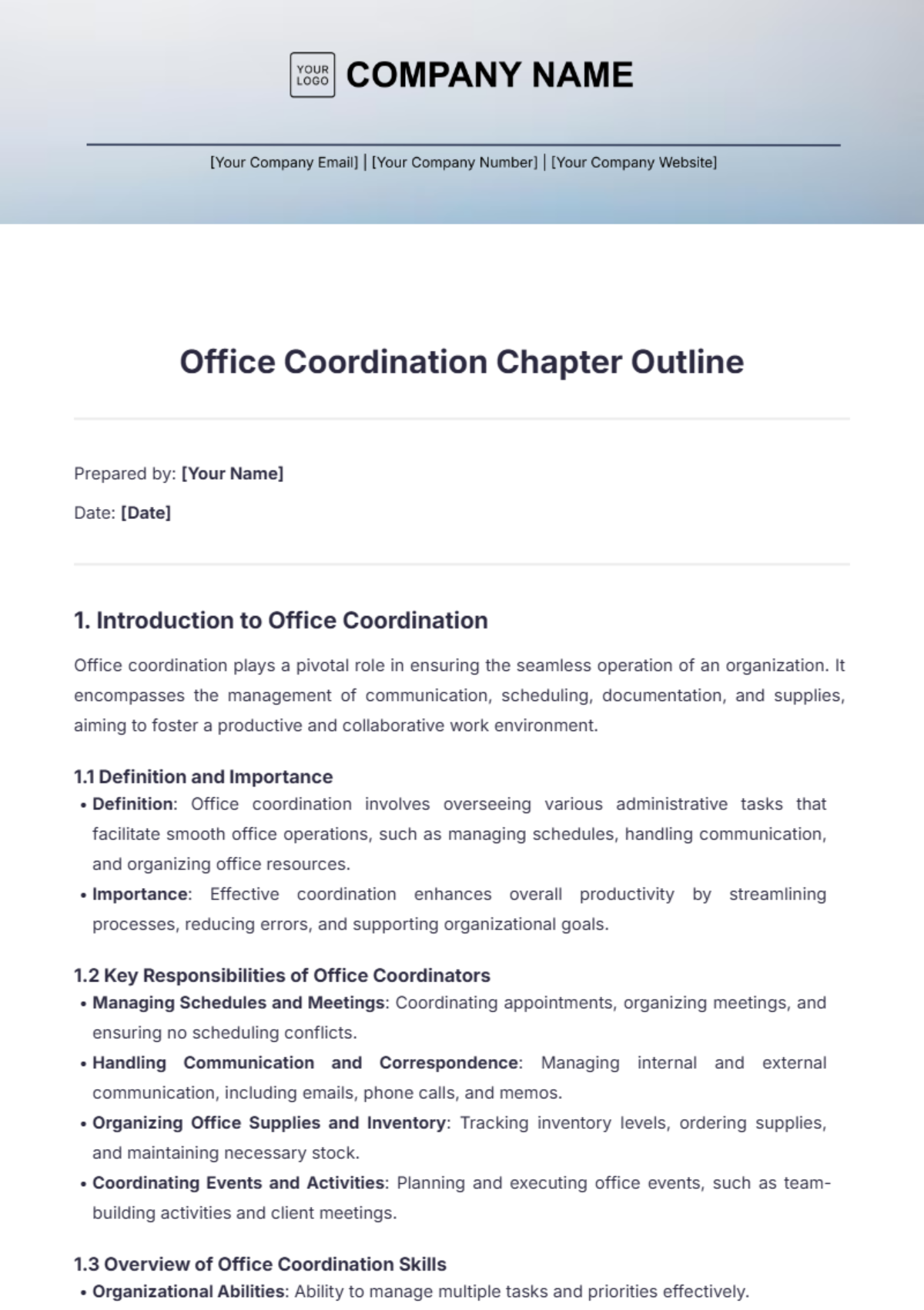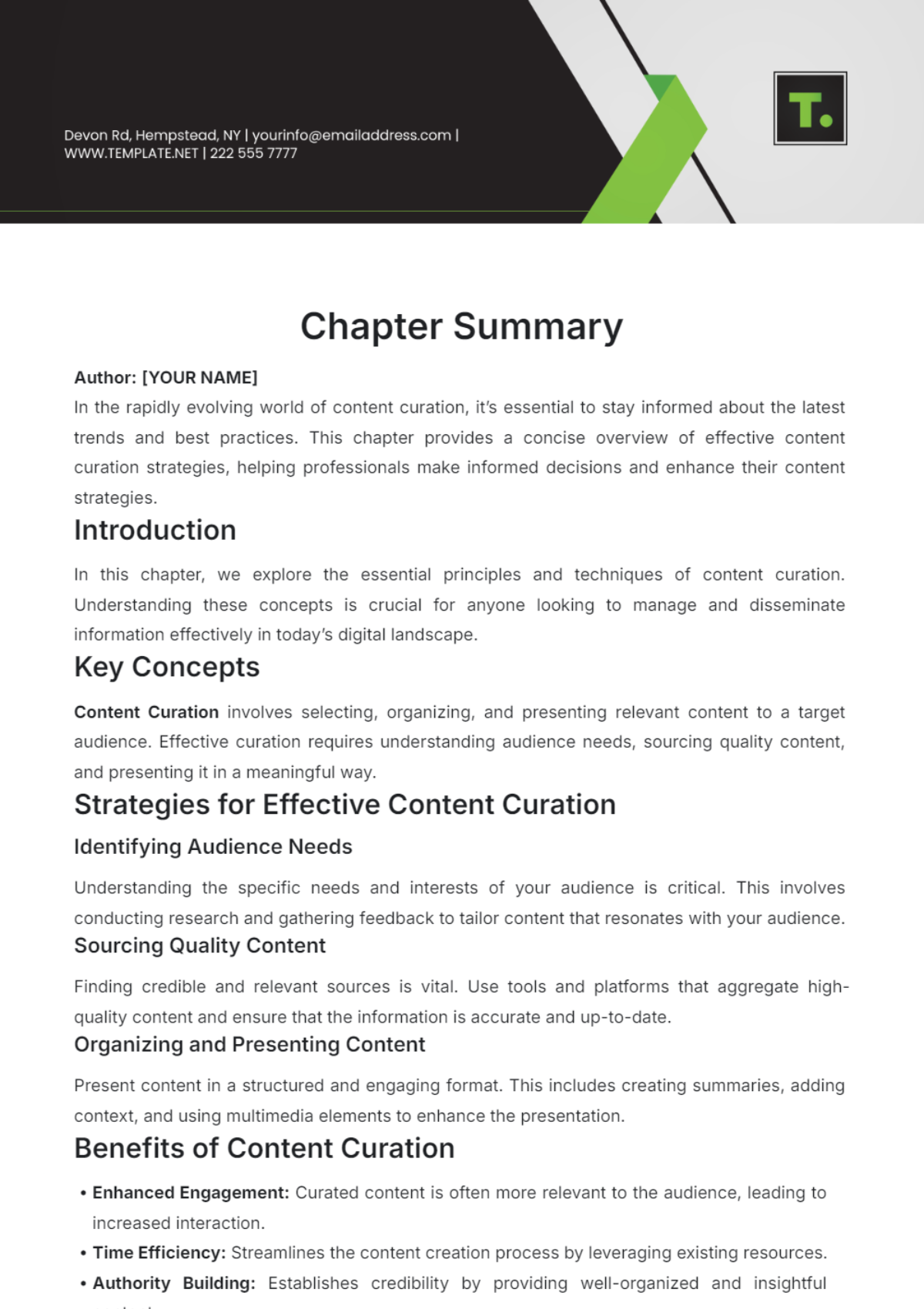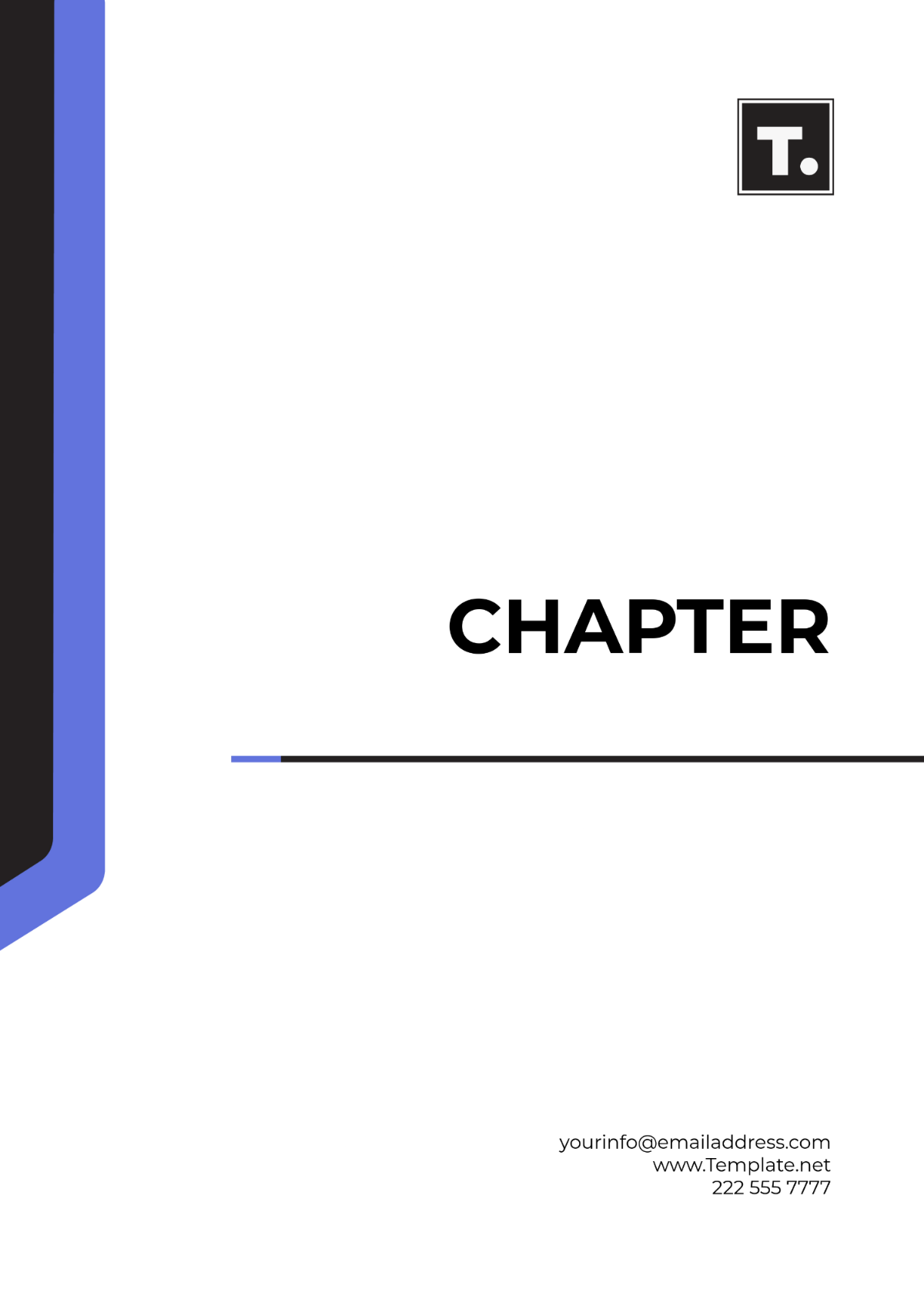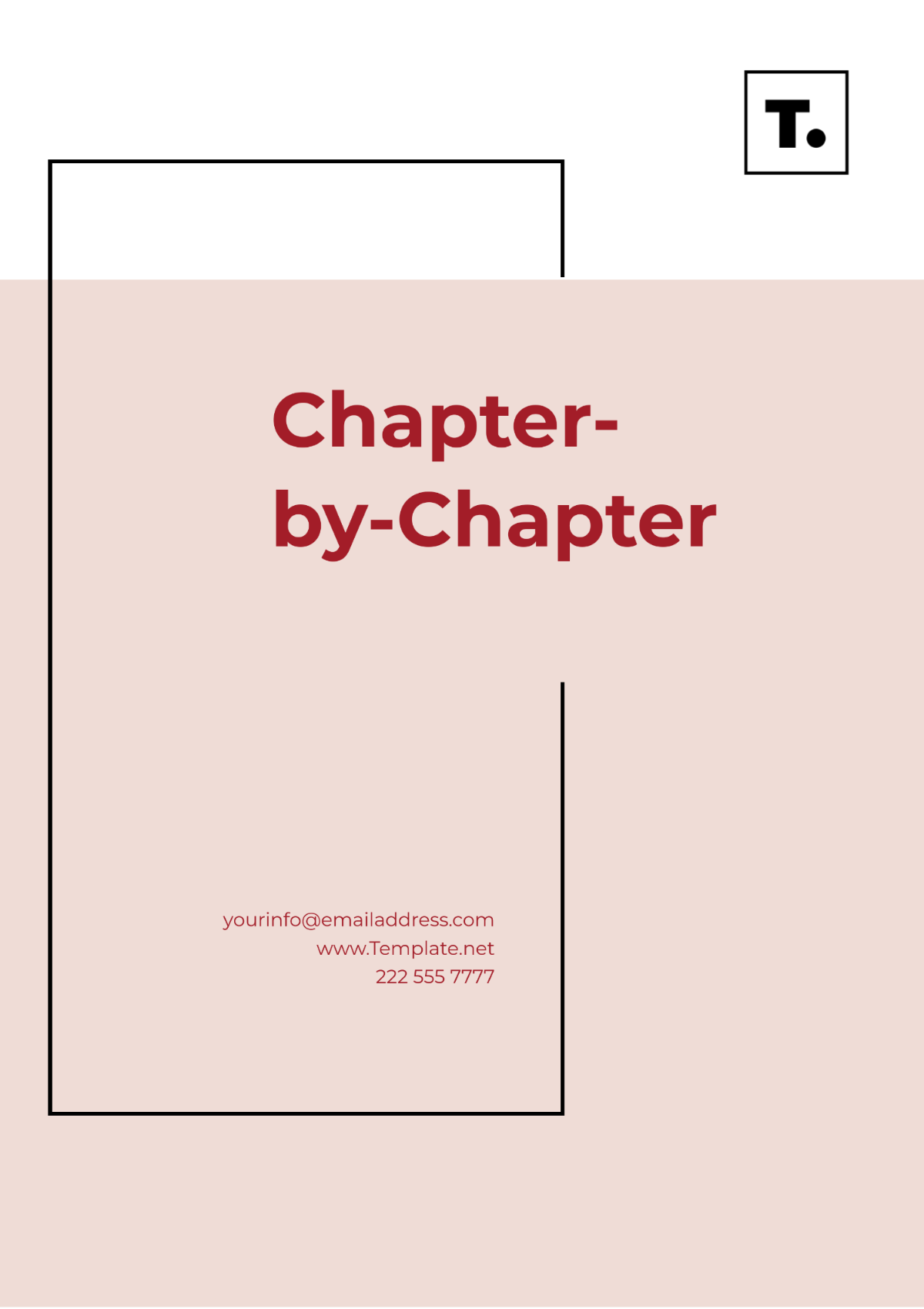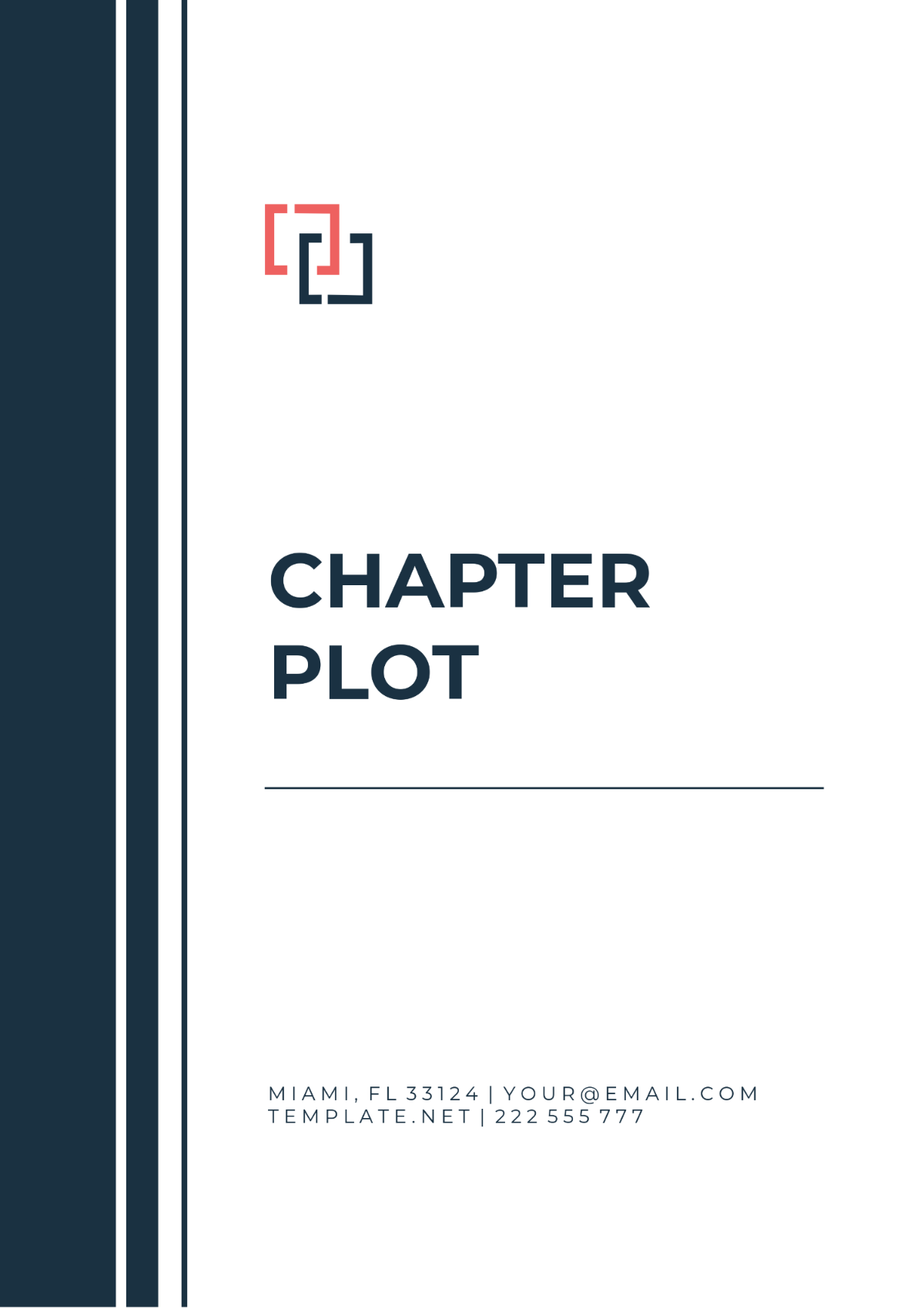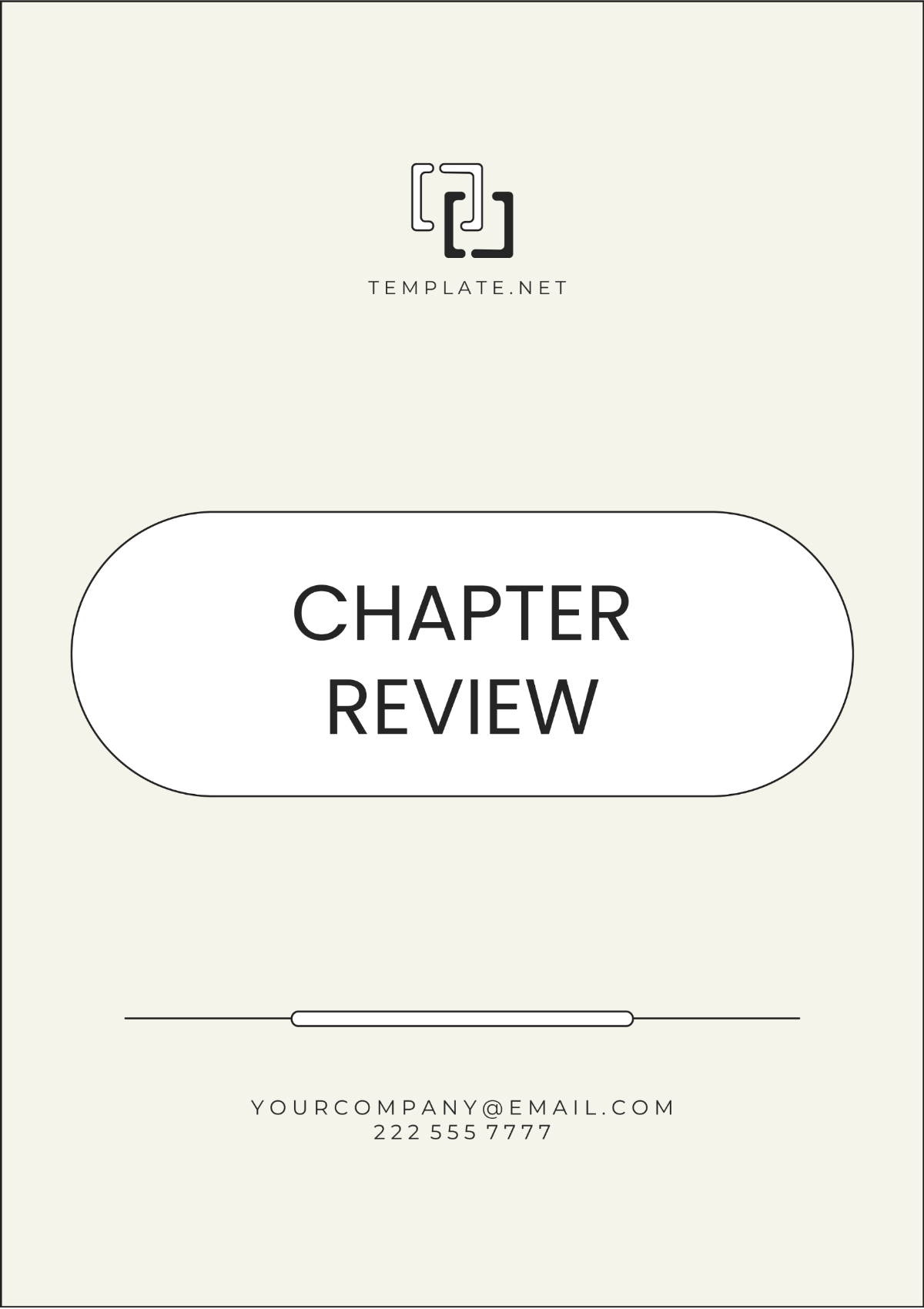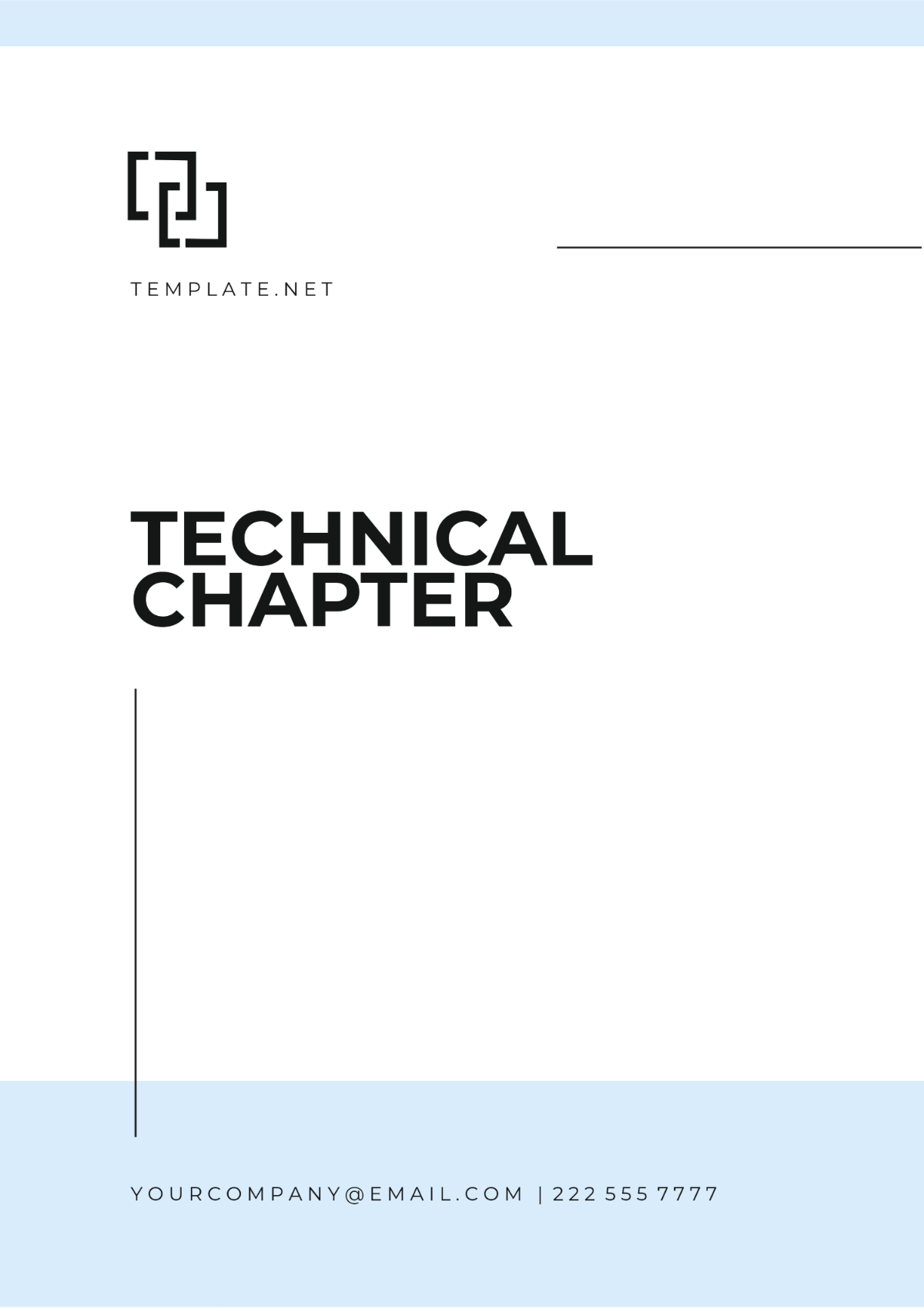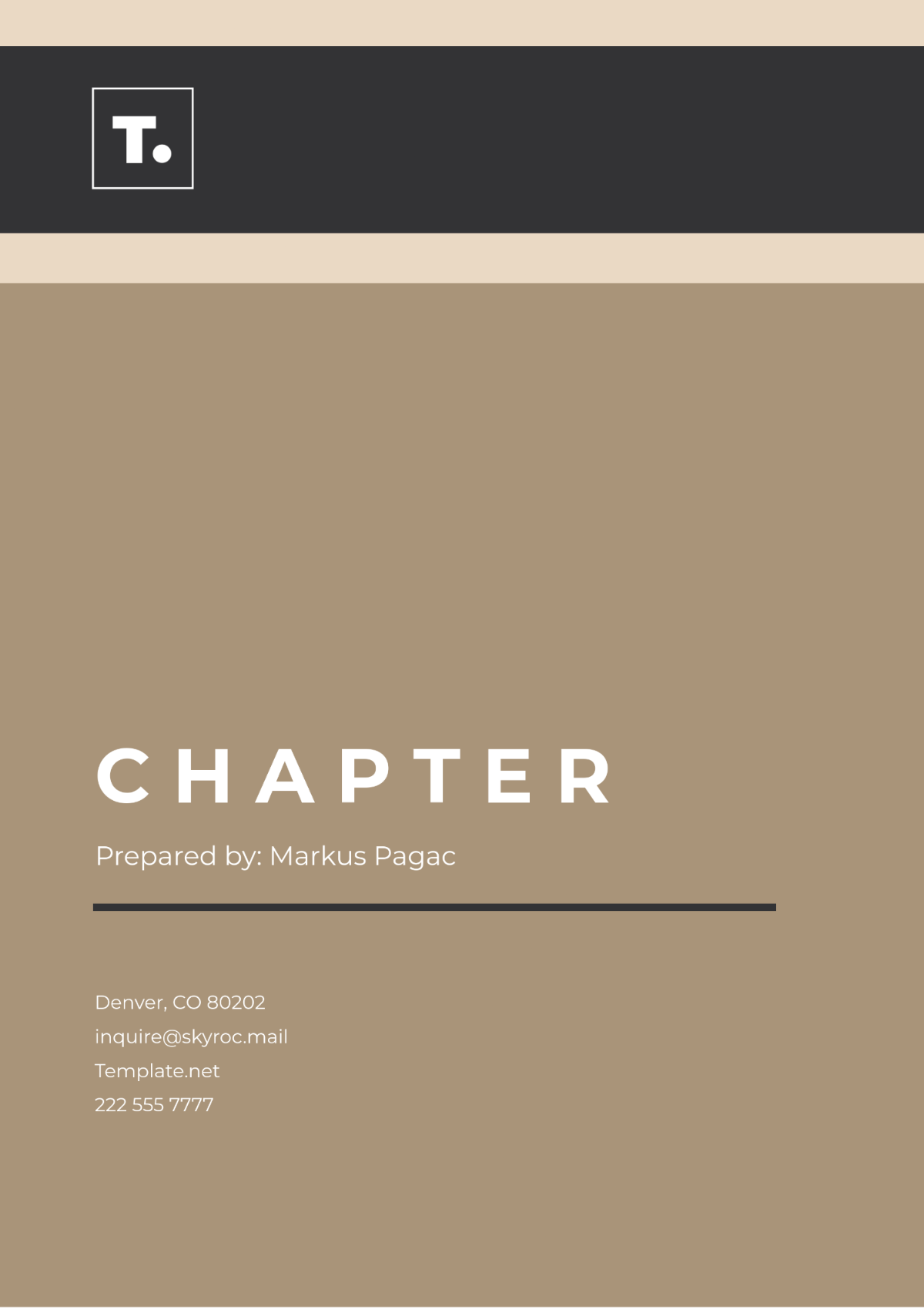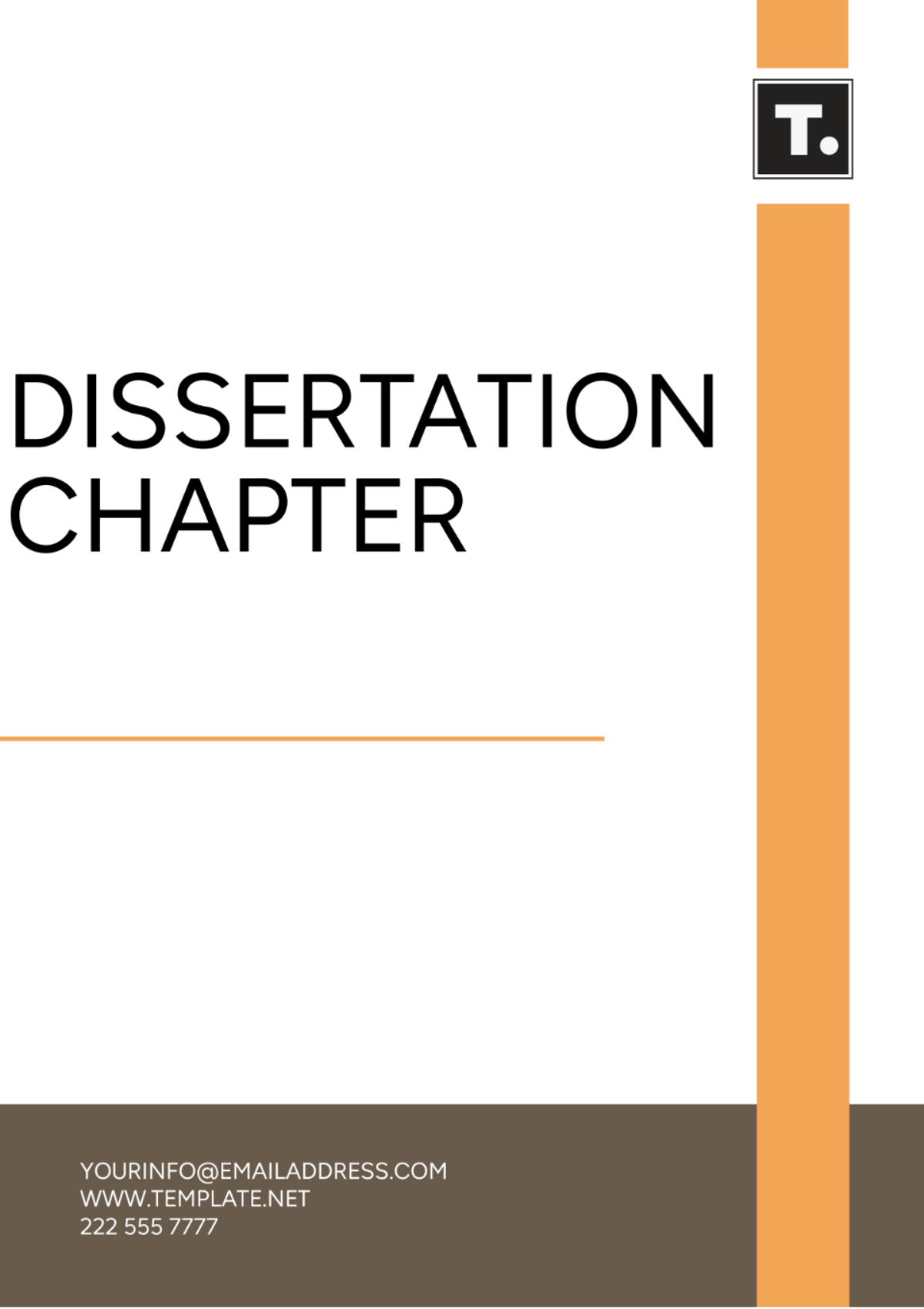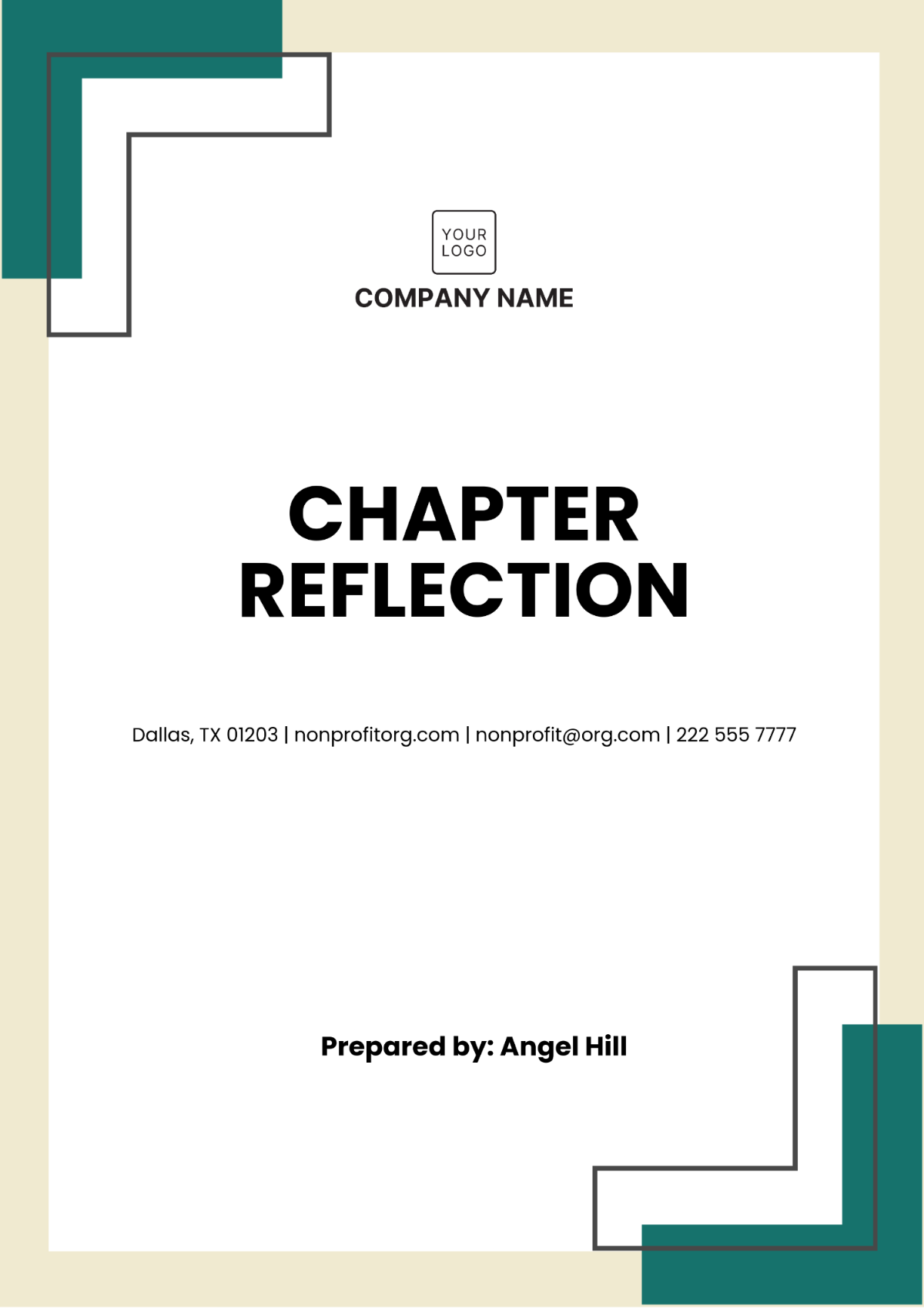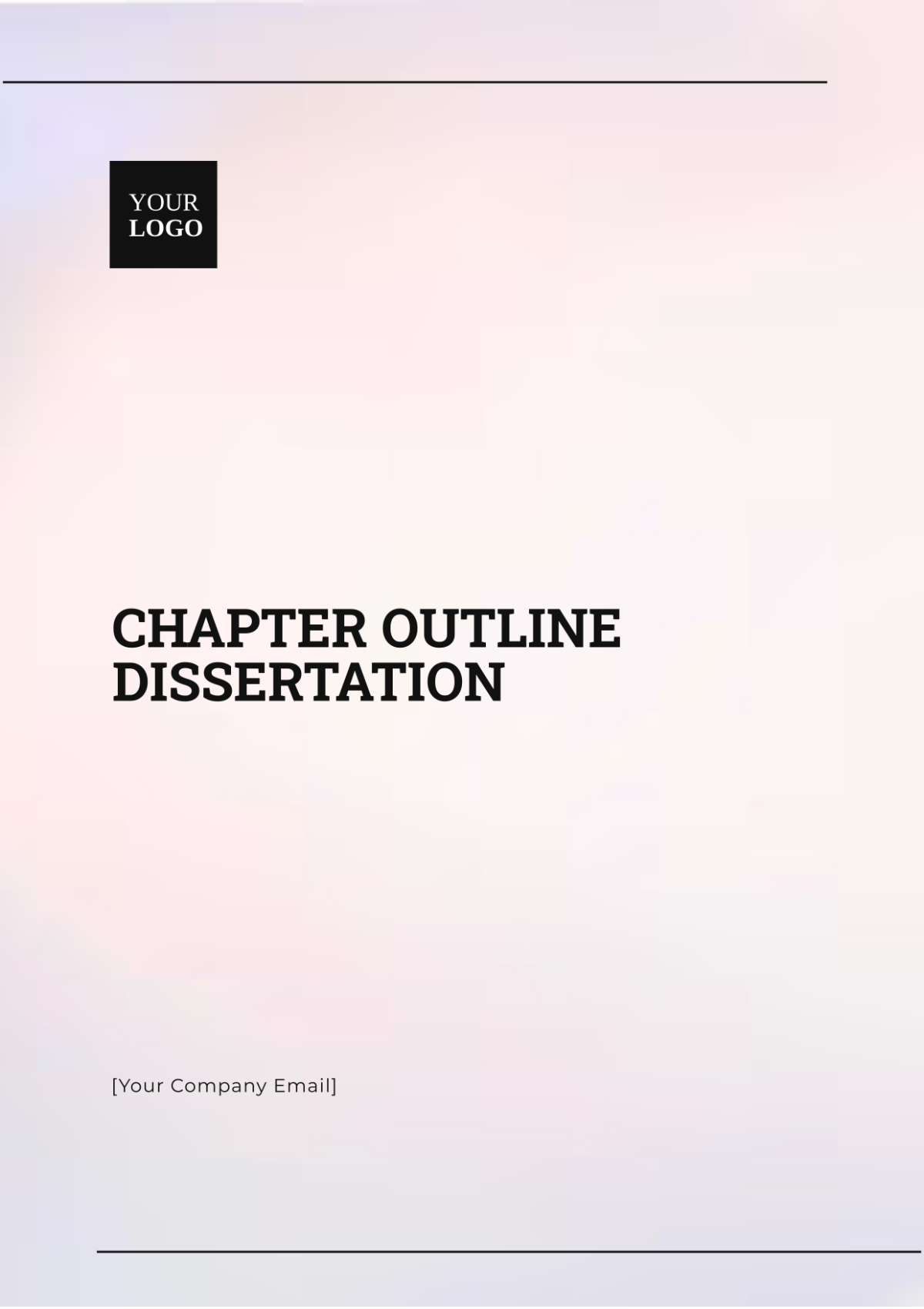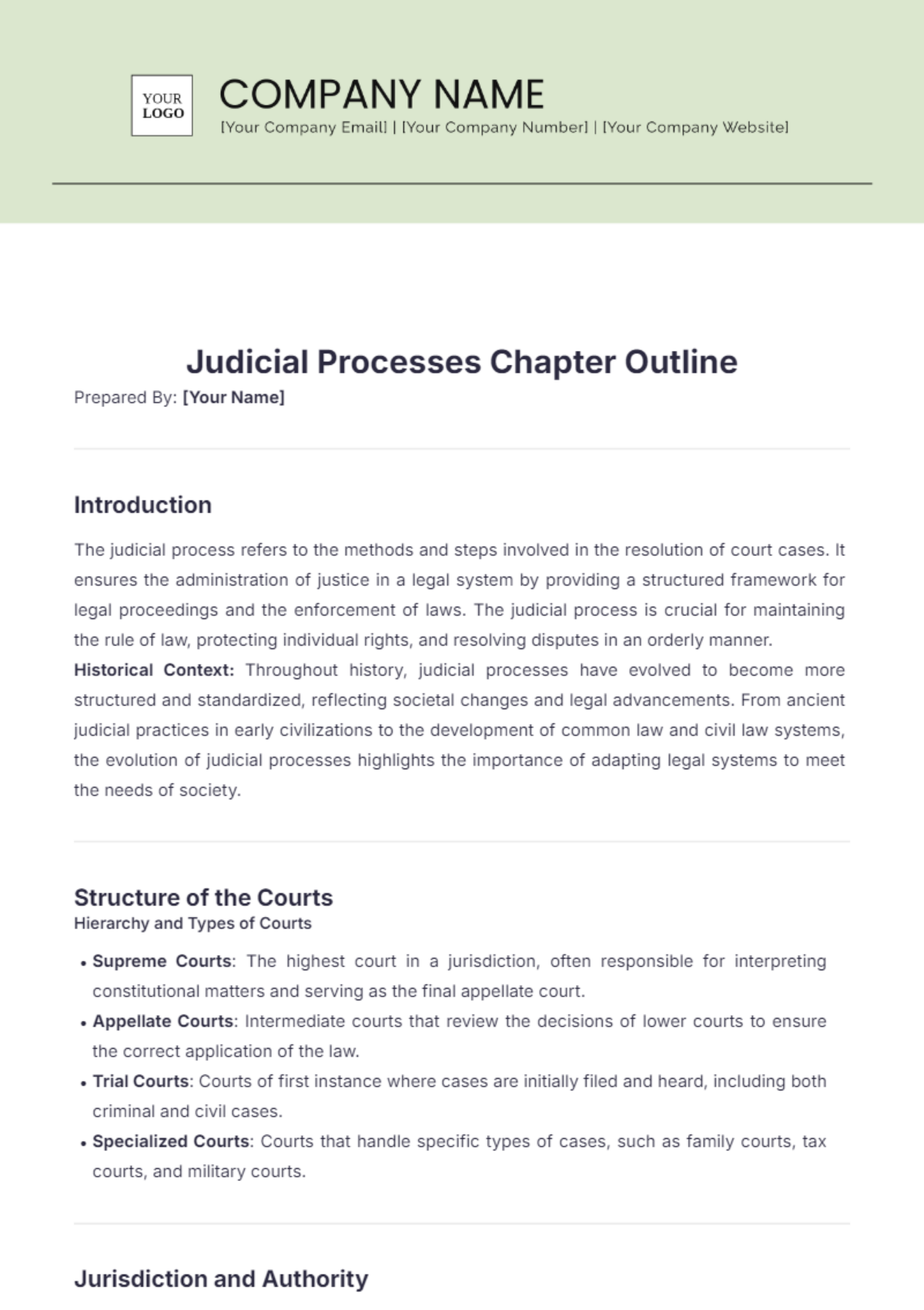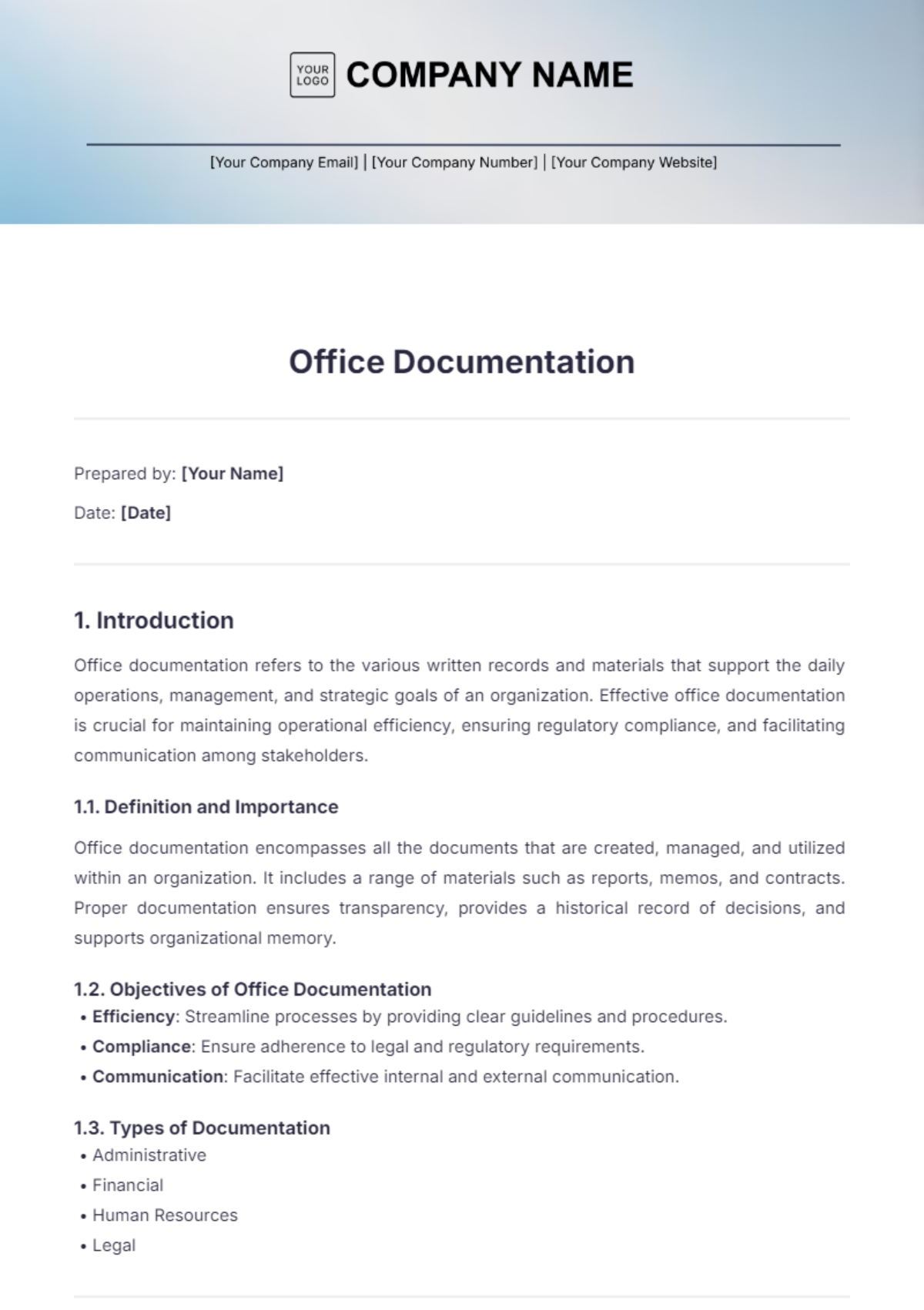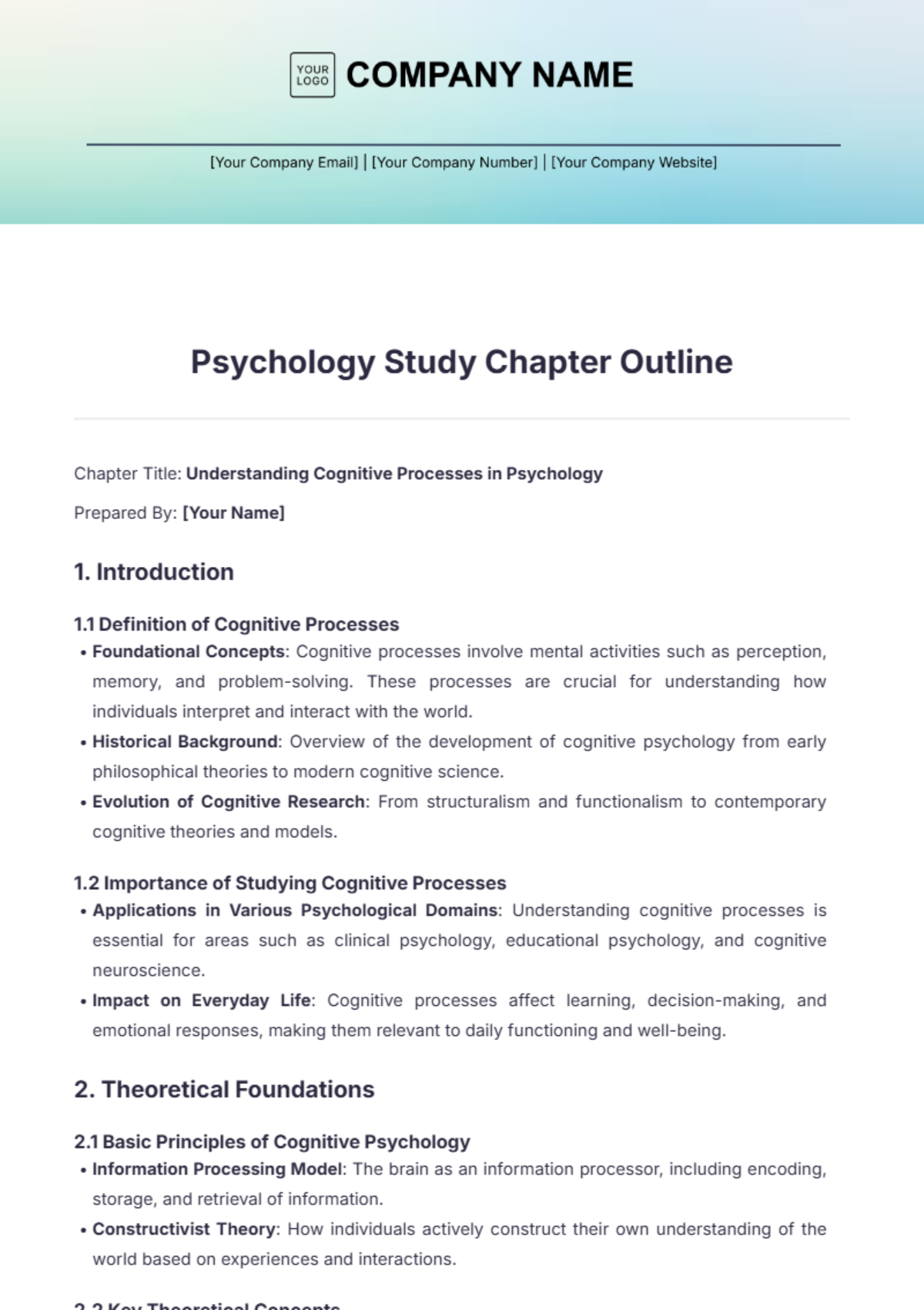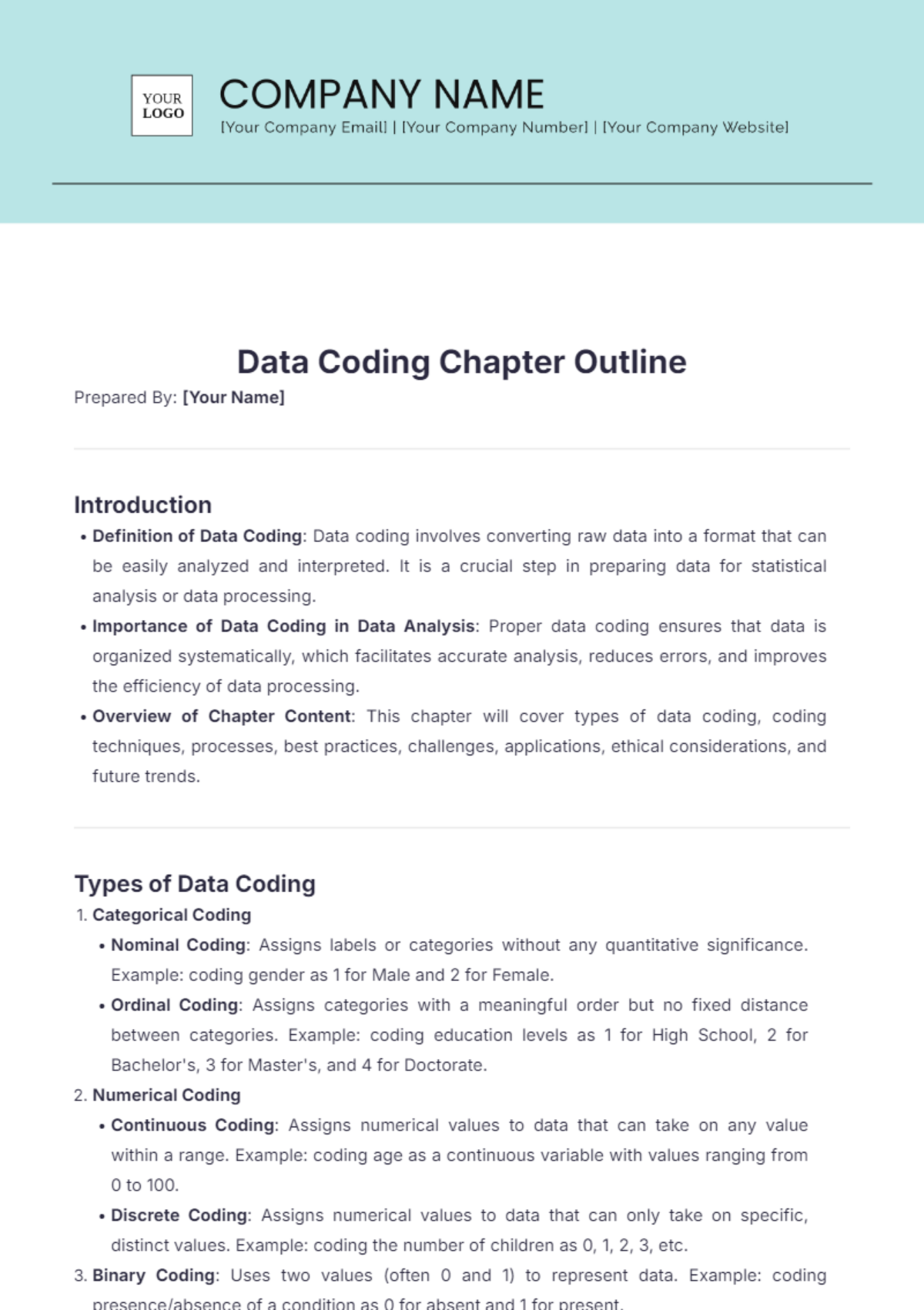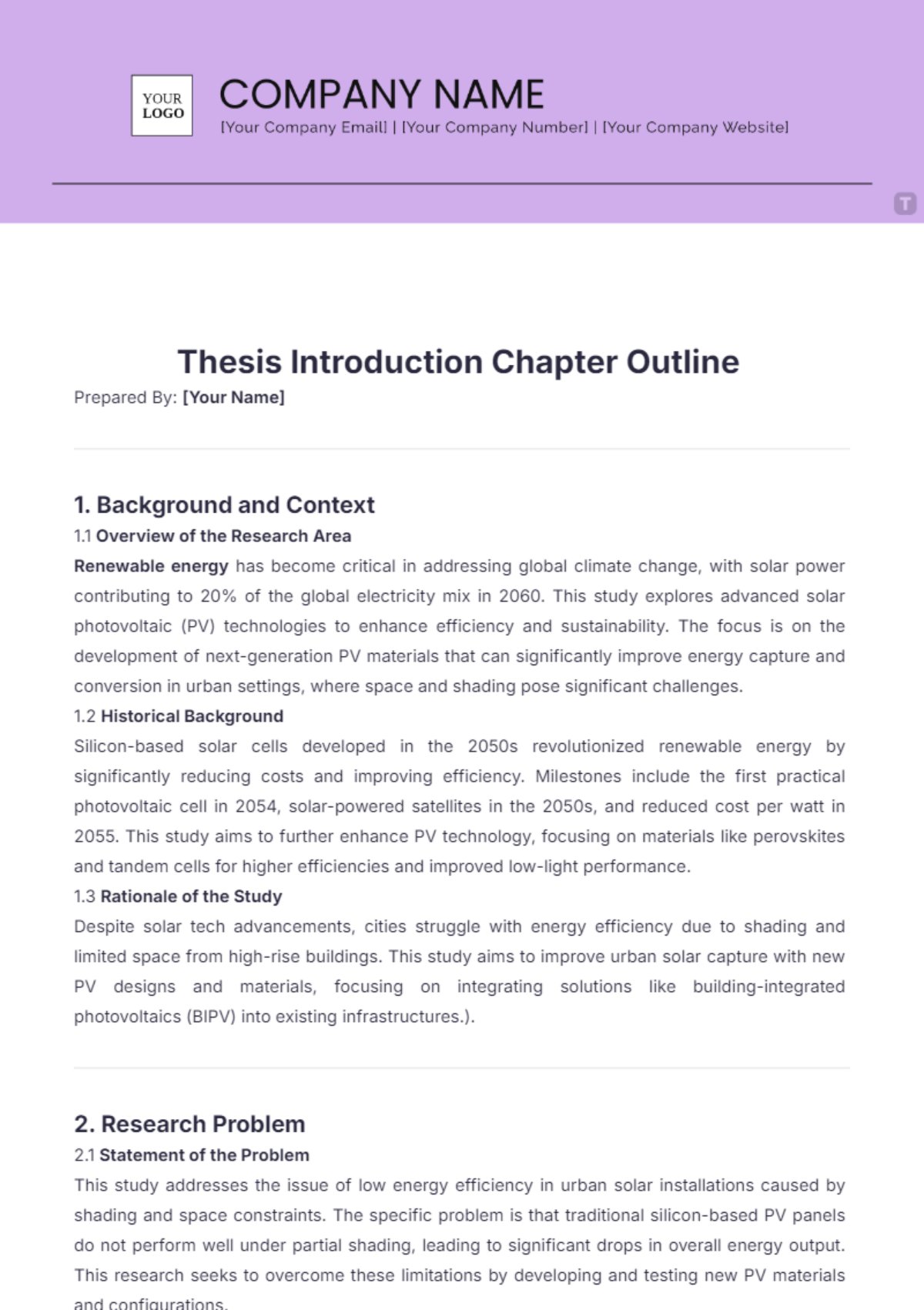Logic Reasoning Chapter Outline
Prepared by: [Your Name]
Date: [Date]
I. Introduction
This chapter delves deeply into logical reasoning, a cornerstone of effective critical thinking and problem-solving. Understanding logical structures and principles equips individuals to navigate complex arguments and make sound decisions. We will explore various forms of reasoning, dissect common logical fallacies, and provide real-world examples to enhance comprehension and application.
II. Definition of Terms
To build a robust and well-founded understanding, it is essential to thoroughly comprehend and familiarize oneself with the fundamental terminology and concepts that are related to logical reasoning.
A. Logic
Logic can be comprehensively described as the meticulous and methodical examination of the fundamental principles that govern valid inference and correct reasoning. This academic discipline delves into the structured set of rules and systematic processes through which arguments are rigorously evaluated to determine their validity, and by which sound conclusions are accurately derived. In essence, logic provides the framework for assessing the consistency and coherence of statements and propositions, ensuring that the reasoning employed adheres to accepted standards of rationality and truth.
B. Reasoning
Reasoning is the cognitive activity through which individuals form judgments, draw conclusions, or make inferences based on given premises or factual information. This mental process entails the systematic application of logical principles, allowing one to assess, interpret, and synthesize the available data to achieve a coherent and justified outcome. In this way, reasoning entails a deliberate and critical examination of information, leading to well-founded decisions or insights that are grounded in rational analysis.
C. Argument
An argument is comprised of a collection of statements or propositions. Within this collection, there are one or more premises alongside a conclusion. These components are carefully structured to either support or oppose a specific claim. Moreover, arguments serve as the fundamental elements that underpin logical discourse.
D. Premise
A premise is a declarative statement within an argument that serves to furnish support or justification for the conclusion being drawn. This type of statement plays a crucial role as a foundational element, contributing significantly to the establishment of the argument's validity. By offering a basis for the conclusion, premises help to build the logical structure that underpins the argument, thereby making it more convincing and sound.
E. Conclusion
The conclusion is essentially the statement that an argument endeavors to substantiate or affirm, contingent upon the provided premises. It represents the logical outcome that emerges or is deduced from the premises presented. This conclusion serves as the final assertion that the argument seeks to validate, reflecting the synthesis of the supporting premises.
III. Types of Reasoning
Logical reasoning can be categorized into several distinct types, each possessing its own set of unique characteristics and specific uses.
A. Deductive Reasoning
Deductive reasoning involves deriving specific conclusions from general principles or premises. It is characterized by the certainty of the conclusion if the premises are true.
General Principle: All humans are mortal.
Specific Instance: Socrates is a human.
Conclusion: Socrates is mortal.
B. Inductive Reasoning
Inductive reasoning involves making generalizations based on specific observations. It is characterized by probability rather than certainty.
Specific Observations: The sun has risen in the east every day.
Pattern Recognition: The sun rises in the east regularly.
General Conclusion: The sun will likely rise in the east tomorrow.
C. Abductive Reasoning
Abductive reasoning involves forming the best possible explanation or hypothesis based on incomplete information. It is often used in situations where information is lacking.
Observation: The grass is wet.
Possible Explanations: It rained, or the sprinklers were on.
Best Guess: It rained because there were no sprinklers in the area.
IV. Logical Fallacies
Grasping the concept of commonly encountered logical fallacies is essential for the identification of flawed arguments as well as for the enhancement and fortification of one's reasoning abilities.
A. Ad Hominem
This fallacy occurs when the argument attacks the person making the claim rather than addressing the claim itself.
Example: “You can’t trust Jack’s argument on climate change because he isn’t a scientist.”
B. Straw Man
A straw man fallacy misrepresents or oversimplifies an opponent’s argument to make it easier to attack.
Example: “My opponent wants to cut the military budget. They don’t care about national security.”
C. False Dilemma
This fallacy presents a situation as having only two possible outcomes when more alternatives exist.
Example: “You’re either with us or against us.”
D. Begging the Question
This fallacy occurs when an argument assumes the truth of the conclusion instead of supporting it.
Example: “Reading is beneficial because it’s good to read.”
E. Slippery Slope
A slippery slope argument asserts that a relatively small first step will inevitably lead to a chain of related events with significant consequences.
Example: “If we allow students to redo their assignments, next they’ll want to retake entire courses.”
V. Case Studies/Examples
Engaging in practical applications of logical reasoning within real-world contexts significantly improves our comprehension and hone our practical abilities.
A. Deductive Reasoning in Legal Context
In the courtroom, deductive reasoning is often used to derive verdicts. For instance, if a law states that "Anyone who commits theft must be punished," and evidence shows that an individual stole something, the conclusion is that the individual must be punished according to the law.
B. Inductive Reasoning in Scientific Research
Scientists often use inductive reasoning to formulate hypotheses. For example, observing that a specific drug lowers blood pressure in several patients may lead to the general hypothesis that the drug is effective for lowering blood pressure in a broader population.
C. Abductive Reasoning in Medical Diagnosis
Doctors use abductive reasoning to diagnose conditions based on symptoms and medical tests. If a patient presents with a fever, rash, and joint pain, the doctor might hypothesize a viral infection or an autoimmune disease as the best explanation.
VI. Applications
Logical reasoning possesses a broad spectrum of applications that extend across a multitude of different fields and disciplines.
A. Academic Research
In academic research, logical reasoning enhances the ability to construct coherent arguments, evaluate evidence, and develop well-supported conclusions. Researchers rely on sound reasoning to publish credible findings.
B. Problem-Solving
Logical reasoning is crucial for effective problem-solving, helping individuals identify the best solutions through structured analysis and evaluation of options. It aids in breaking down complex problems into manageable parts.
C. Everyday Decision Making
In daily life, logical reasoning helps individuals make rational decisions by evaluating options and consequences. Whether choosing a product or planning a budget, applying logical principles ensures informed and balanced choices.
VII. Practice Exercises
To reinforce understanding and application of logical reasoning, engage in the following exercises:
A. Identifying Logical Fallacies
Review the statements below and identify any logical fallacies present:
“You shouldn’t listen to Jane’s argument about environmental policy because she’s not an expert in the field.”
“Either we ban all cars now, or the planet will be destroyed.”
“We should not worry about the issue of economic inequality because it will just lead to more government intervention.”
B. Constructing Arguments
Create valid arguments using different types of reasoning:
Deductive: Start with a general principle and apply it to a specific case to conclude.
Inductive: Make observations and generalize a principle from them.
Abductive: Formulate a hypothesis based on incomplete evidence.
C. Analyzing Case Studies
Read the following case studies and identify the type of reasoning used:
Case Study: A company notices an increase in customer complaints about product defects. They hypothesize that a recent change in the manufacturing process is the cause. What type of reasoning is this?
Case Study: A scientist observes that a specific drug has been effective in treating patients with a particular condition in multiple trials. They conclude that the drug is generally effective for that condition. What type of reasoning is this?
Conclusion
This chapter has provided a thorough exploration of logical reasoning, including essential terminology, types of reasoning, common fallacies, and their practical applications. By understanding and practicing these concepts, readers will enhance their ability to think critically, construct robust arguments, and make well-reasoned decisions.



